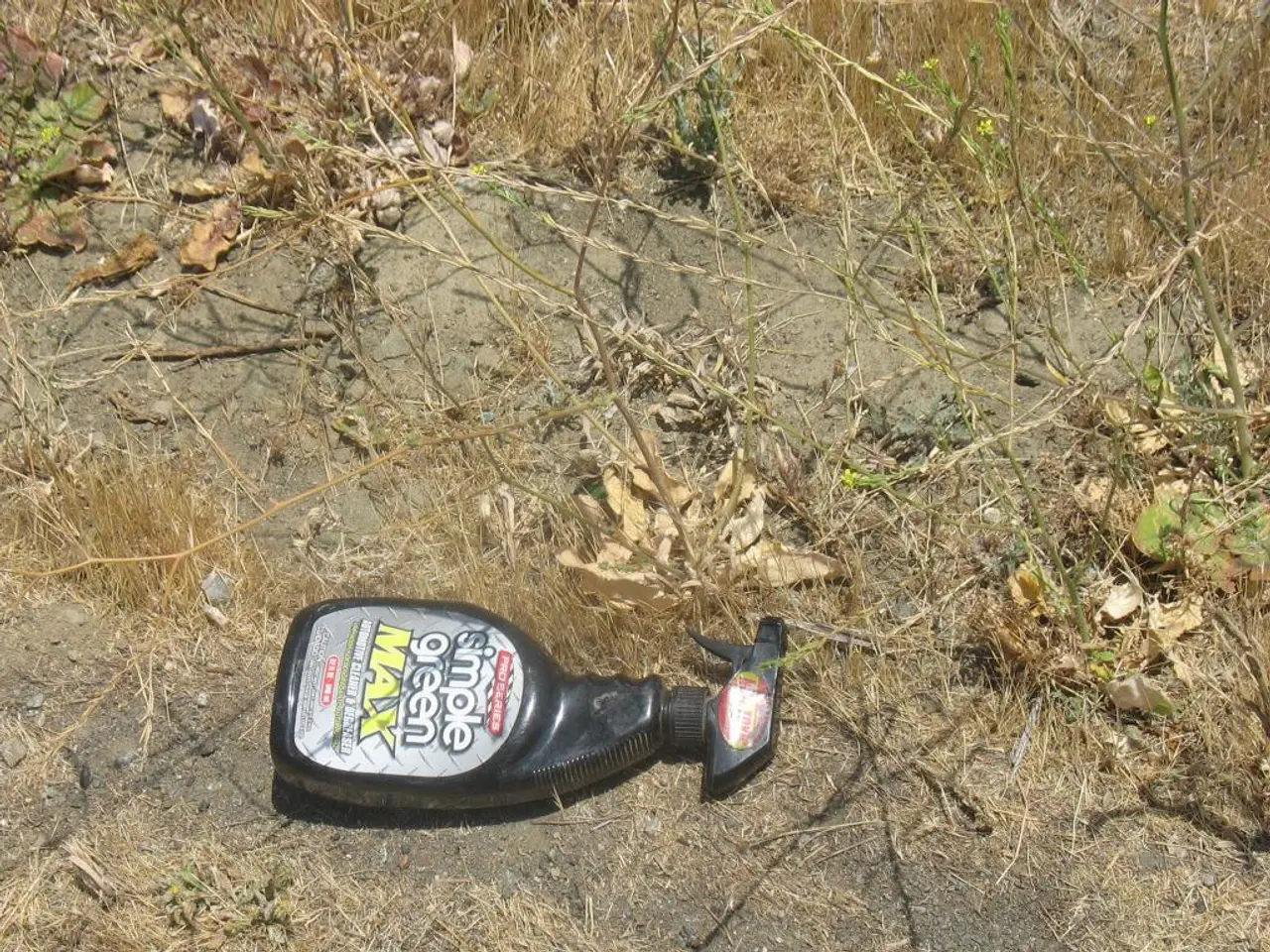Techniques for Making Soil More Acidic: Top Approaches to Acidify the Soil
### Making Soil More Acidic: A Guide for Gardeners
In the world of gardening, understanding the pH level of soil is crucial for the health and survival of plants. Teo Spengler, a master gardener and docent at the San Francisco Botanical Garden, emphasizes the importance of acidic soil for many plants.
Acidic soil, as measured by soil pH, is beneficial for many plants and essential for others. Plants that tolerate a wide range of soil acidity include most crops, annuals, and perennials. However, many acid-loving plants require higher acidic soil conditions to thrive.
So, how can you make soil more acidic? Here are some effective methods and considerations to keep in mind:
1. **Add Sulfur or Iron Sulfate:** Garden sulfur is the most effective way to lower soil pH, but it works slowly and is best applied in spring or autumn. Iron sulfate also acidifies soil gently and has the side benefit of greening up lawns.
2. **Incorporate Organic Matter:** Organic materials such as pine needles, well-rotted oak leaves, and composted leaves can slowly acidify soil over time. Pine needle mulch has minimal impact on surface soil pH but can acidify potting mixes slightly (up to 0.48 pH units).
3. **Avoid Adding Lime or Wood Ash:** These substances increase alkalinity and raise soil pH, so they are not suitable when you want more acidity.
4. **Use Acidifying Fertilizers:** Some fertilizers like ammonium sulfate also help lower soil pH.
5. **Maintain Acidic Conditions:** Regular addition of organic mulches that decay into acidic compounds helps maintain acidity.
There are several reasons why adjusting soil pH is important. Some plants require acidic soil to absorb nutrients efficiently and thrive. Acidic conditions also suppress certain soil-borne diseases and pests. Adjusting pH can correct imbalances in nutrient availability.
Plants that thrive in acidic soil include azaleas and rhododendrons, blueberries, camellias, gardenias, magnolias, hydrangeas (some varieties change flower color depending on soil acidity), and ferns. These plants generally prefer soil pH values between about 4.5 and 6.0 for optimal growth.
Before making any changes, it's essential to test soil pH. This can be done by collecting a soil sample and taking it in for a soil test at a local university laboratory. Modifying soil pH must be done before planting and is a slow process. Large corrections can harm plants or cause nutrient lockout—adjust in stages and retest regularly.
Remember, adding compost naturally balances pH while improving soil structure and health. However, sphagnum peat moss, while it can lower the soil's pH somewhat, is a non-renewable resource and is considered highly unsustainable.
In summary, to make soil more acidic, use garden sulfur or iron sulfate, add acidic organic matter like pine needles or oak leaves, and avoid lime or wood ash. Always test soil pH before and after amendments to achieve the desired acidity safely.
[1] Spengler, T. (2021). The Importance of Soil pH for Gardeners. [Online]. Available: https://www.gardeningknowhow.com/garden-how/soil-fertilizers/what-is-soil-ph.htm
[2] Baessler, L. (2022). How to Lower Soil pH: Methods and Tips for Gardeners. [Online]. Available: https://www.gardeningknowhow.com/garden-how/soil-fertilizers/how-to-lower-soil-ph.htm
[3] Spengler, T. (2022). Acid-Loving Plants for Your Garden. [Online]. Available: https://www.gardeningknowhow.com/garden-how/plants/acid-loving-plants.htm
[4] Baessler, L. (2022). The Best Acid-Loving Plants for Your Garden. [Online]. Available: https://www.gardeningknowhow.com/garden-how/gardening-by-region/acid-loving-plants.htm
[5] Spengler, T. (2022). How to Raise Soil pH: Methods and Tips for Gardeners. [Online]. Available: https://www.gardeningknowhow.com/garden-how/soil-fertilizers/how-to-raise-soil-ph.htm
In the realm of home-and-garden interests, gardening with an understanding of soil pH is vital for maintaining a healthy lifestyle and flourishing plants. To care for acid-loving plants such as azaleas, blueberries, camellias, gardenias, magnolias, hydrangeas, and ferns, home gardeners should take measures to make their soil more acidic. This can be achieved by adding sulfur or iron sulfate, incorporating organic matter like pine needles or oak leaves, and using acidifying fertilizers.




